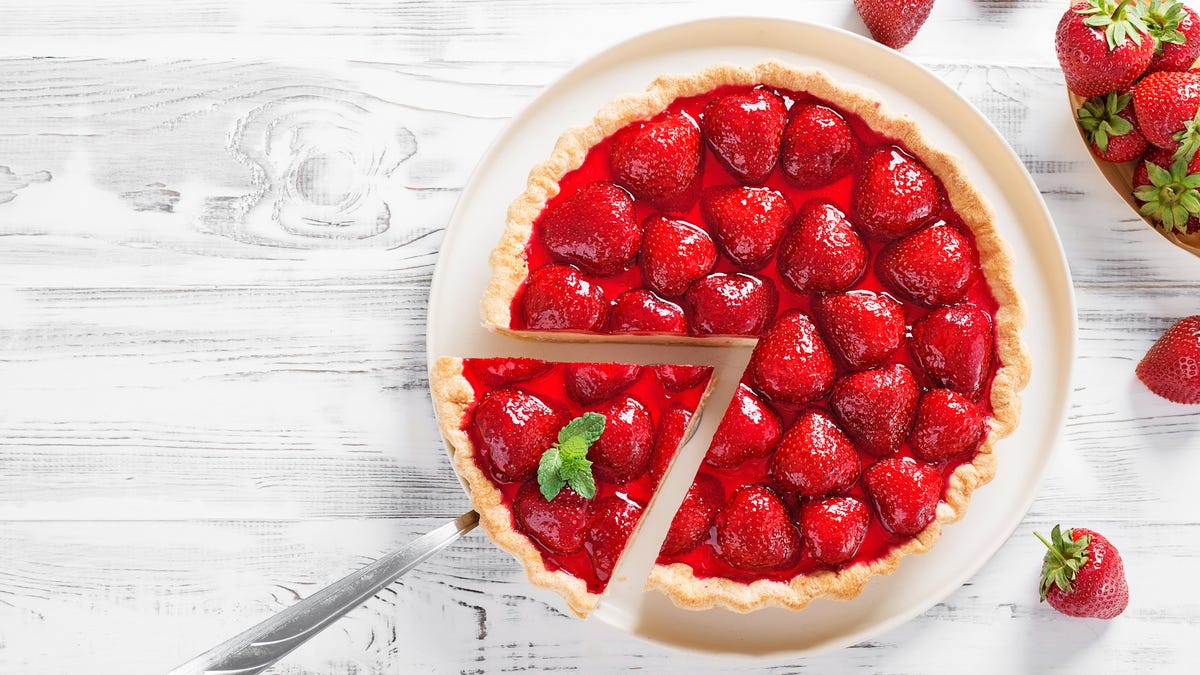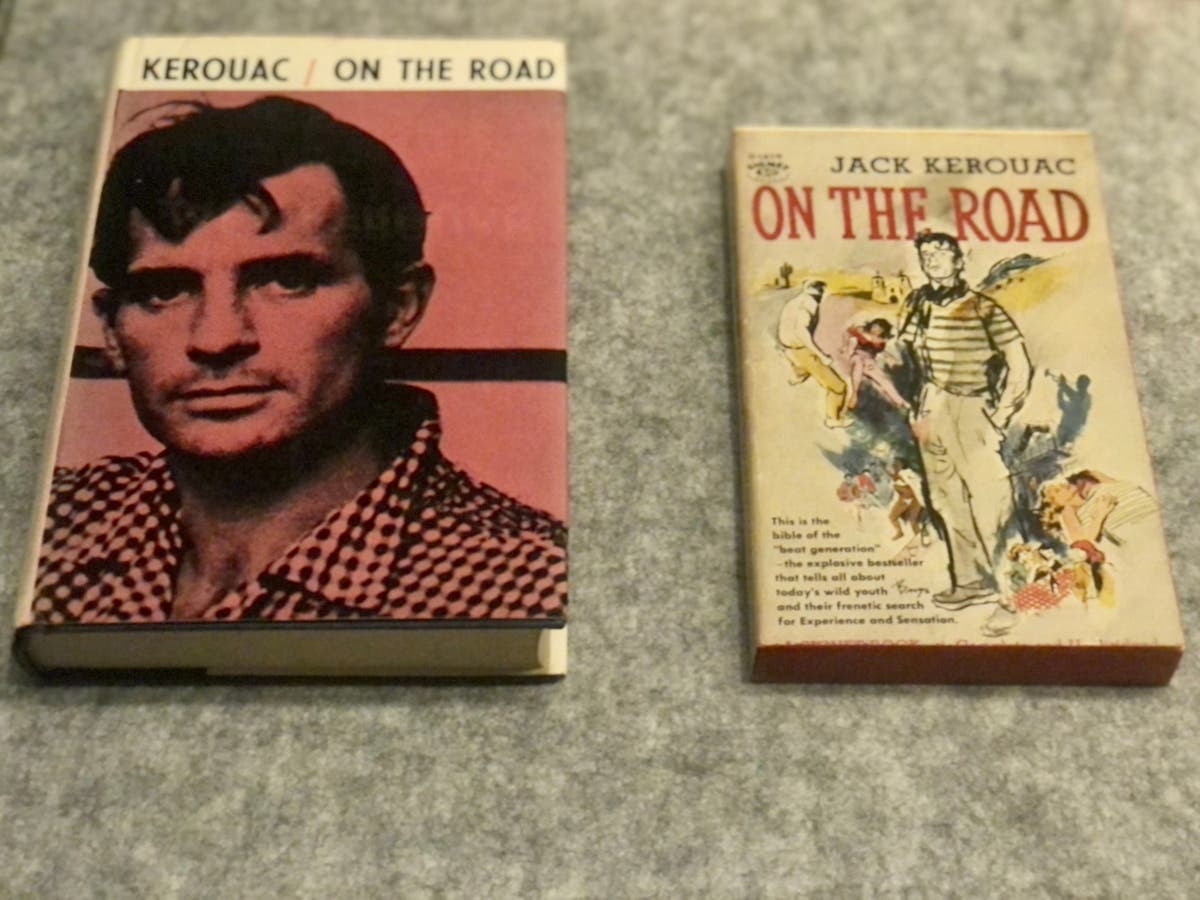How to Select the Perfect Cheeses for Your Next Charcuterie Board
A chef tells all. The post How to Select the Perfect Cheeses for Your Next Charcuterie Board appeared first on Camille Styles.

Whether your charcuterie board is intended as an appetizer before dinner or a grazing-all-night situation, there’s no doubt that a good cheese board makes a major impact at a gathering. I’ve loved good cheese for as long as I can remember, and it’s an indulgence that never gets old.
Fortunately for me, charcuterie has never been hotter thanks to all the gorgeous boards floating around social media. As with any trending dish, it’s always better to get an expert’s take on what makes the best cheese for charcuterie—not to mention, insights on game-changing pairings. On this mission, I connected with Sarah McIntosh, chef-owner of Épicerie in Austin, to talk all things elevated snacking.
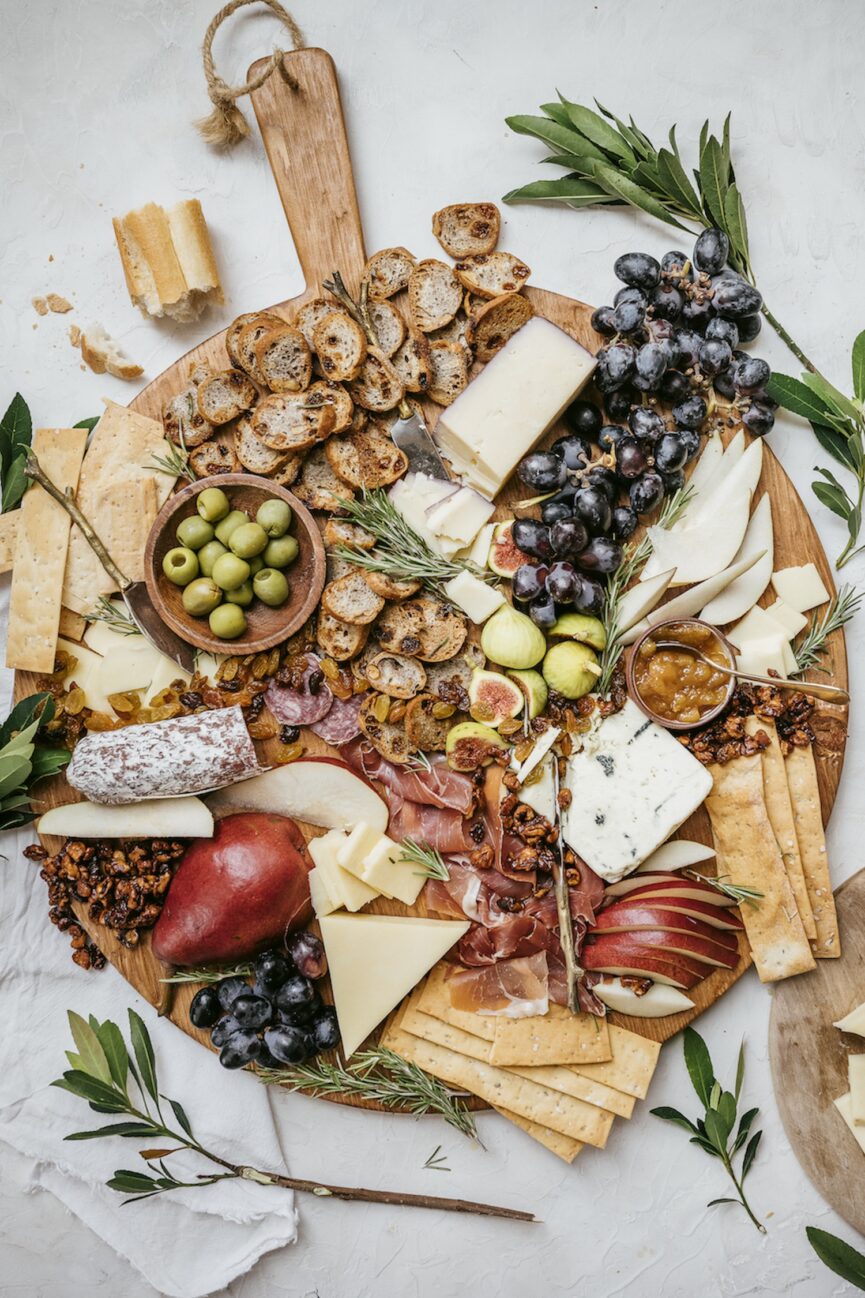

Executive Chef-owner of Épicerie in Austin TX, Sarah McIntosh brings the simplicity of her beloved French-Louisiana fare together with seasonal offerings that keep her patrons pleasantly surprised. After years of success and the restaurant surviving the pandemic, it evolved from a grocery & cafe into a bistro, bar & boulangerie.
When assembling the perfect charcuterie board, selecting the best cheese is an art. In this guide, we’ll explore McIntosh’s expert recommendations for selecting the best cheese for charcuterie, along with additional considerations for flavor pairings and lesser-known cheese picks. Whether you’re a charcuterie novice or simply drawn in by all of the hype, prepare yourself to dive.

Understanding Different Types of Cheese
“Generally speaking, there are five different types of cheeses,” says McIntosh.
Bloomy rind. A type of cheese with a white, velvety rind that develops as the cheese ages Washed rind. This cheese is washed during the ripening process to create a pungent aroma and flavorful rind. Semi-soft. Expect a high moisture content, a smooth and creamy texture, and a flavor that can range from mild to pungent. Hard. Hard cheeses are aged longer than soft cheeses, resulting in a drier, crumblier texture and higher fat content. Blue. These cheeses are made with the addition of cultures of edible molds (read: delicious molds).This creates the signature blue-green spots or veins through the cheese.It’s also important to note that there are four different types of milk used to make cheese: cow, sheep, goat, and water buffalo.
How to Select the Best Cheese for Charcuterie
“Depending on your platter size, there are several different options for cheese amounts. I typically stick to three or five types of cheese. I like to select a different variety of styles and milk types,” says McIntosh.
When designing larger platters, McIntosh also notes that she tends to select more firm cheeses. “Firm cheeses are easier to cut and look nicer/cleaner especially when your guests start digging in!” Alternatively, she may put a softer cheese on a separate platter to prevent any mess on the main board.
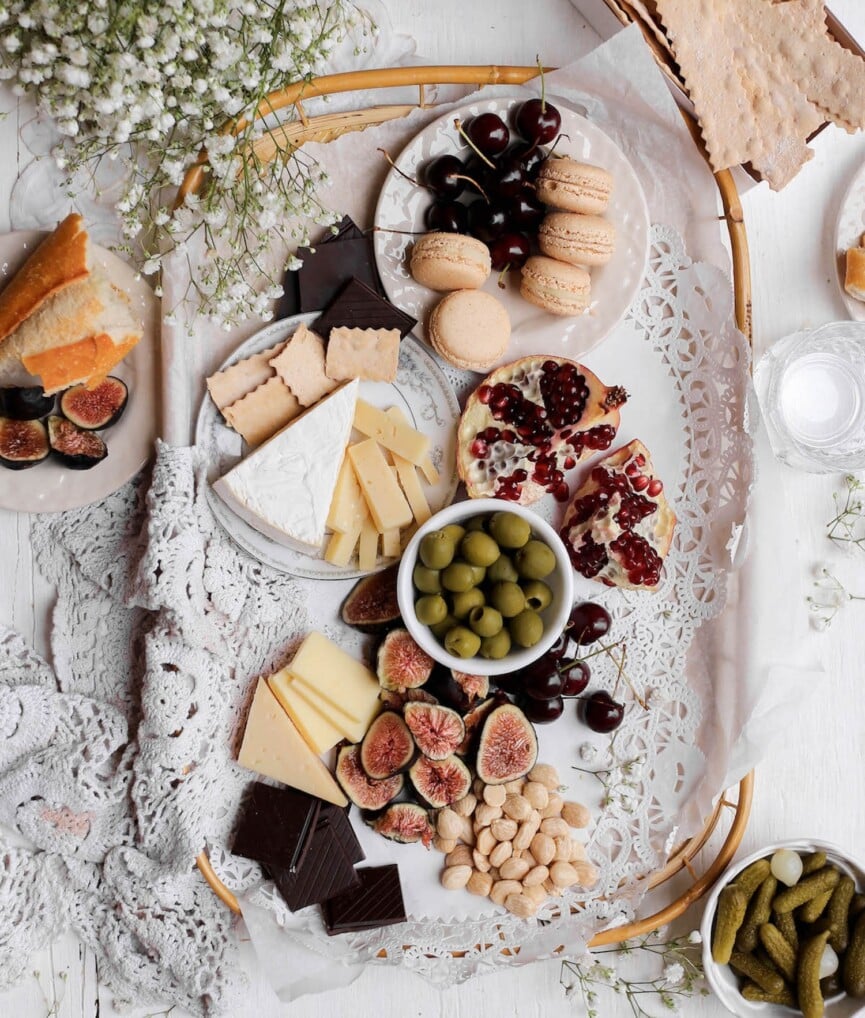
How do you pair your cheese with other charcuterie ingredients?
McIntosh says firm cheese pairs well with fruits/dried fruits, nuts, and hard salami. For softer and blue cheeses, she likes to dive into different types of honey and jams.
“Bloomy rinds are typically your soft cheeses. These could be anything from Brie to Camembert or double creams.” However, McIntosh notes that there are bloomy rinds that are more firm as well. “Washed rinds like Raclette and Taleggio can range from soft, semi-soft, or to hard. These are what you think of as ‘stinky cheeses,’ and they tend to be orange in color,” she says.
“Semi-soft cheese like Gouda and Manchego, hards such as parm and Pecorino, and blue are all pretty straightforward. If blue cheese is scary to you, try a harder blue or one with less veining (the blue streaks) for a less pungent flavor.”

How do milks affect the flavors of cheese?
McIntosh explains that each milk type has its own signature flavors and fat content. “Goat milk is the leanest, followed by cow, sheep, and water buffalo,” she says. When selecting milk type, the following tasting notes are helpful to consider:
Goat. Lean, sour, tangy. Cow. Nutty, buttery, mushroom, bread, rich. Sheep. Barnyard, buttery, earthy, creamy. Water buffalo. Sweet, velvety, pudgy, rich.“Oftentimes, producers create mixed milk cheese of two or more different types of milk,” says McIntosh. “One of my favorites being Campo De Montalban. It consists of goat, cow, and sheep milk creating a very complex Manchego-style cheese which is always a hit.”
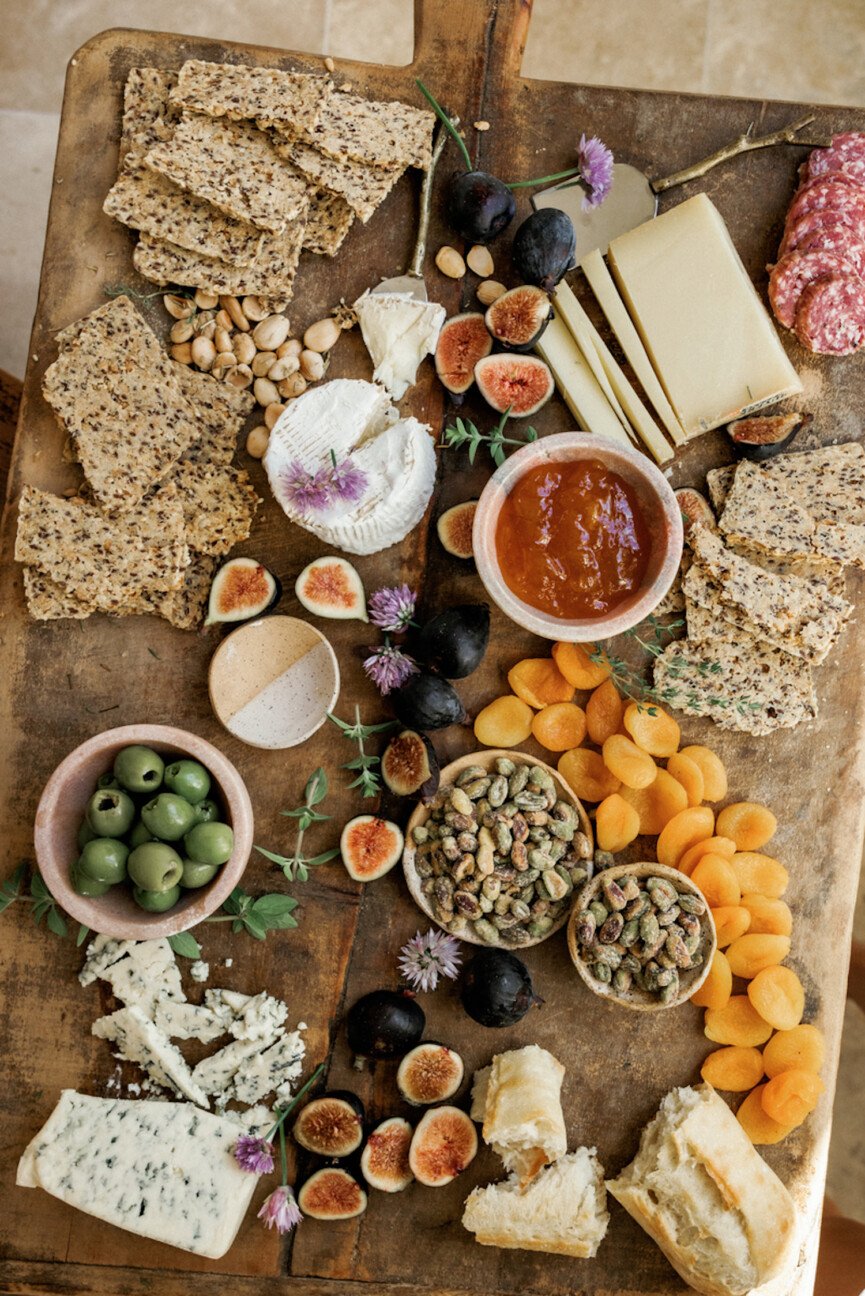
An Underrated Cheese to Keep on Your Radar
McIntosh says her personal favorite cheese of all time is Rush Creek Reserve from Upland Cheese Co. It’s important to note that this cheese is only available in the fall when the cows’ diet changes from green grass to hay. This change in diet results in richer milk, perfect for this custardy creation. The wheels of this cheese are wrapped in spruce bark in keeping with the tradition of this variety of washed rind cheese. This process gives the cheese a delightful woodsy/smoky flavor. McIntosh also notes that this cheese is pricier and extremely limited, making it a great holiday gift. It can sometimes be found at Whole Foods or your local cheese store if you’d rather not order online.

 Koichiko
Koichiko 







